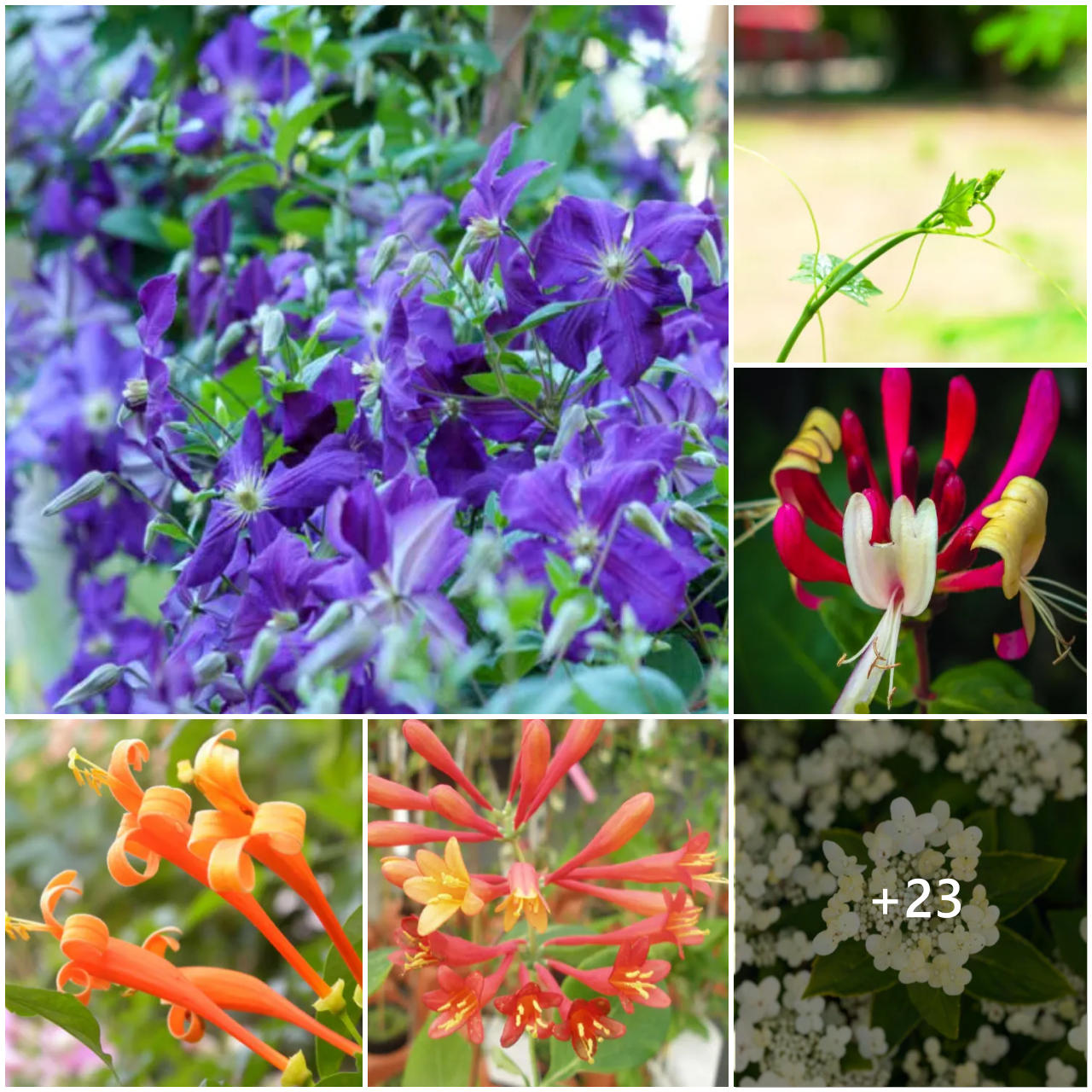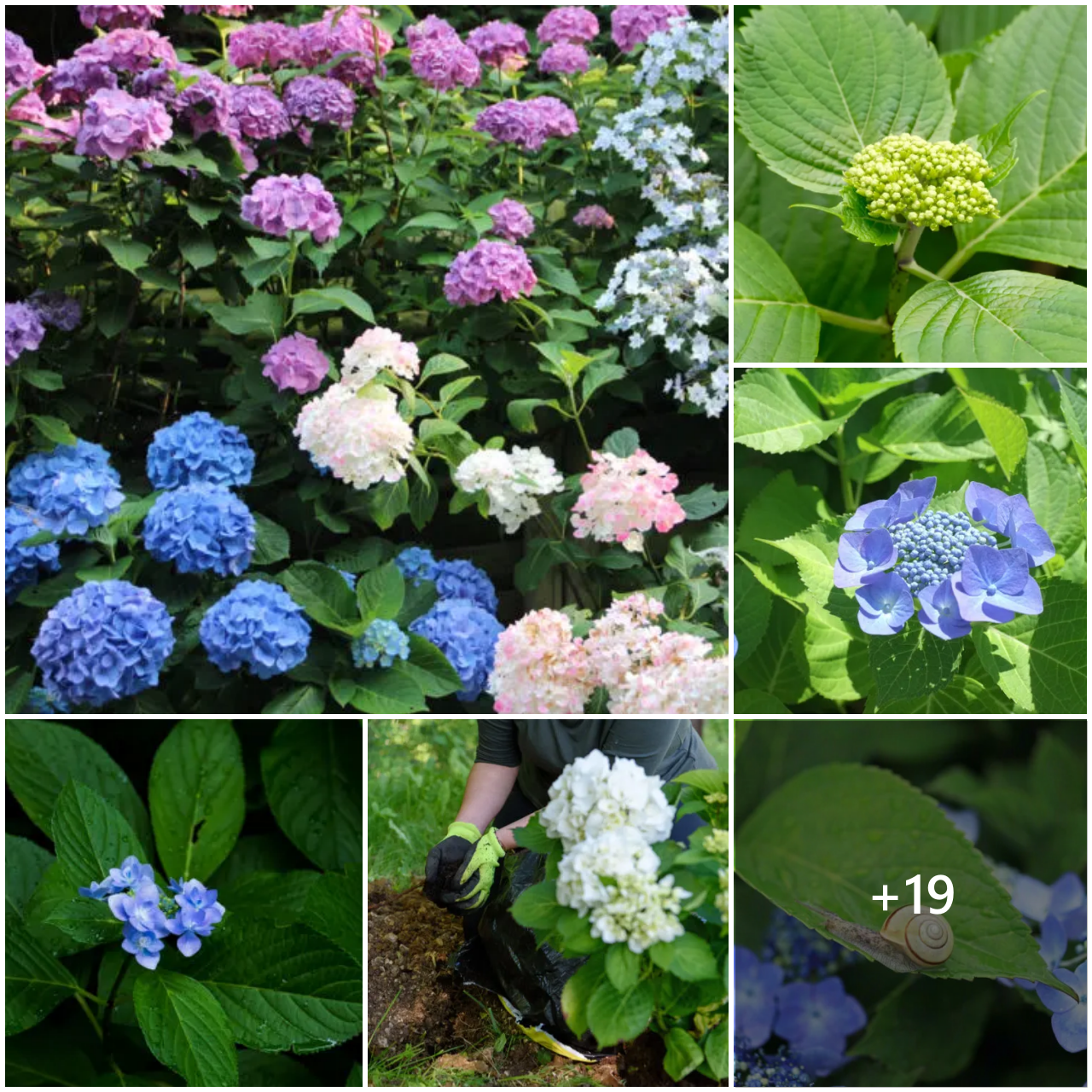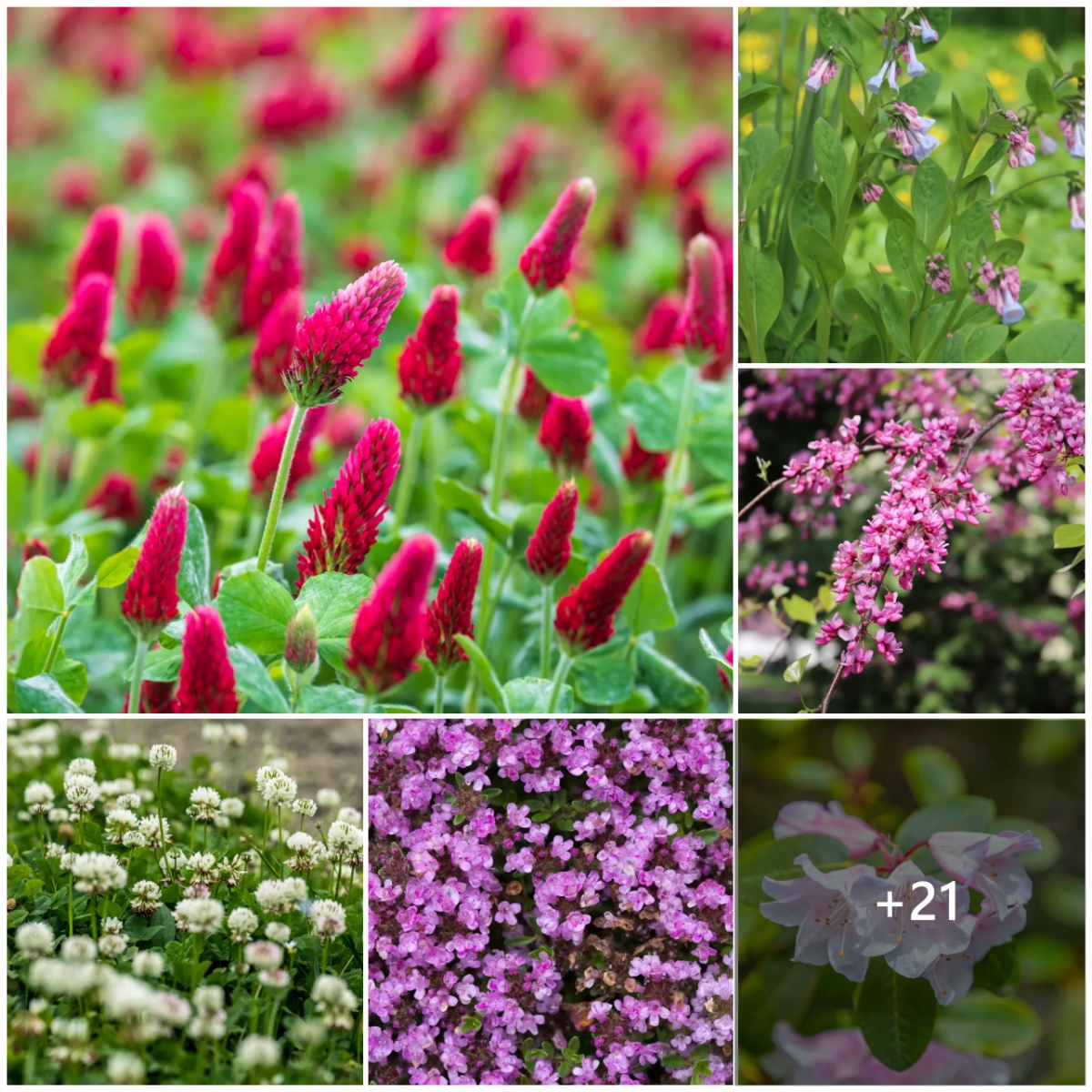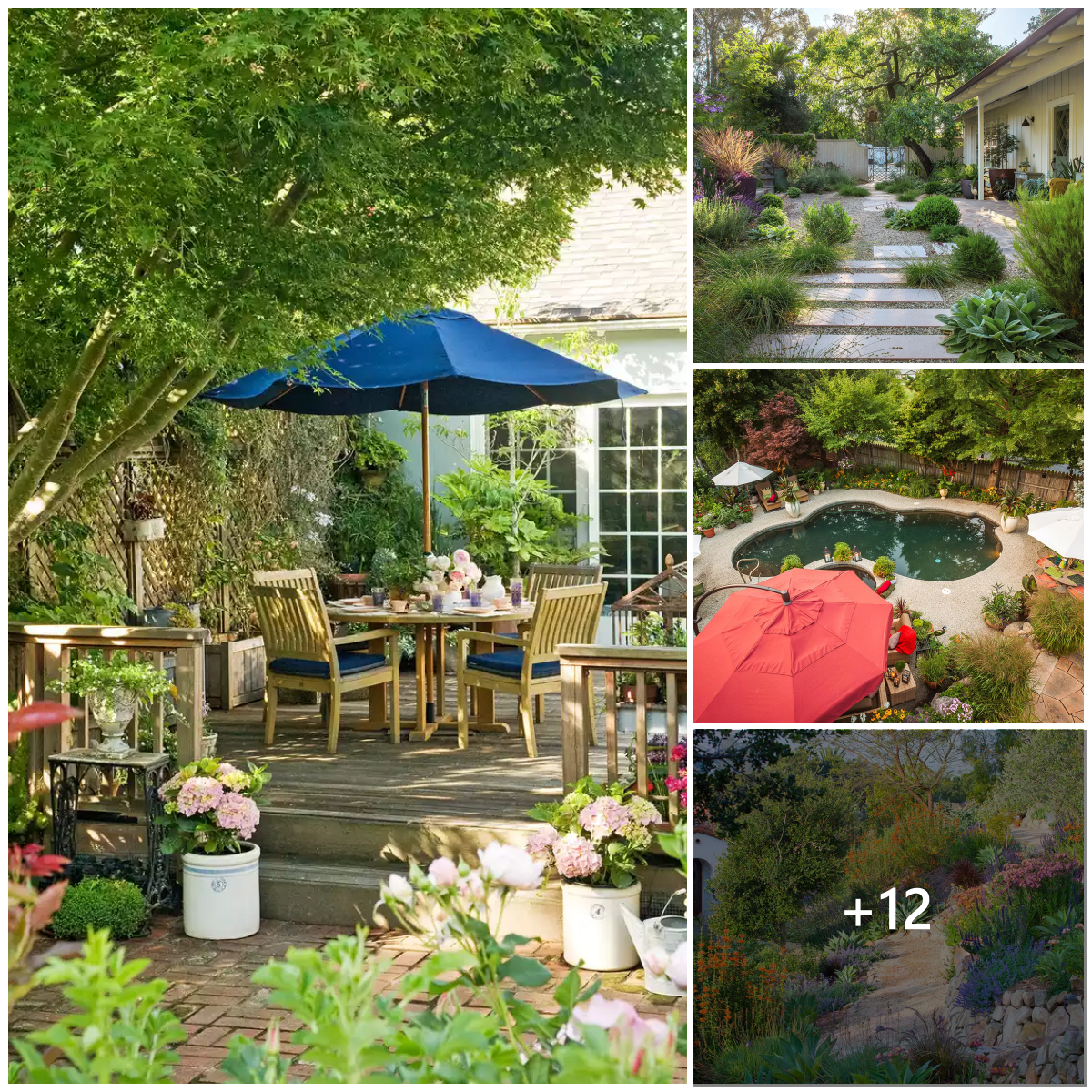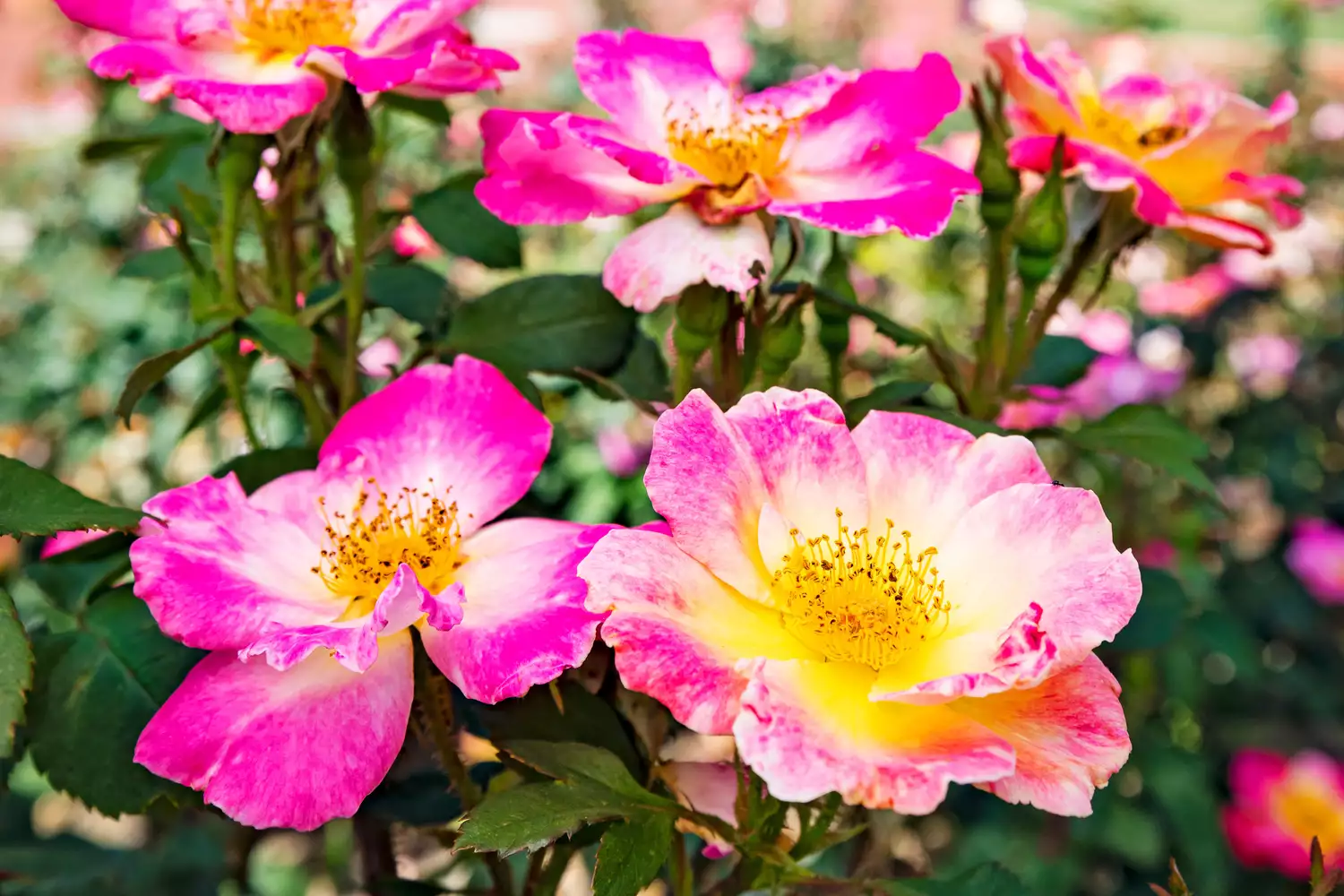
When I visited the Birmingham Botanical Gardens for the first time, the roses were in bloom. They were exuberant, spilling over arbors, climbing up trellises, and blossoming in a flutter of hues across delineated beds. Surrounded by opening buds and inhaling their honeyed scent, I didn’t think I had ever experienced anything so lovely. It’s still one of my favorite places in the city, and—based on the number of people who stop to smell the roses’ sweet perfumes and remark on their dramatic colors and forms—I’m not the only one who is smitten with them.
Open since 1962, the gardens makeup one of Alabama’s most cherished green spaces. More than 330,000 visitors come here each year to enjoy quiet moments in nature. A partnership between the City of Birmingham and the nonprofit Friends of Birmingham Botanical Gardens, the extensive property comprises 67 acres and includes a vast network of walking paths; a formal lawn that’s bookended by splashing fountains; allées of crepe myrtles; a stately conservatory that’s filled with cacti, tropical plants, and citrus trees; and two rose gardens plus other nooks that are dedicated to wildflowers, irises, ferns, camellias, and daylilies.

The Best Time To Visit The Gardens
If you stop by during spring and summer or even in fall, the abundant roses will likely be one of the first things you notice. They plant their roots in two distinct spaces. The Dunn Formal Rose Garden is home to more than 100 types of modern roses, including hybrid teas, miniatures, grandifloras, floribundas, and polyanthas as well as the gravity-defying climbing ones in a rainbow of colors. This area is named for William Ransom Johnson Dunn Jr., whose family has had a long association with the gardens. Its calling cards are the centerpiece (a domed metal structure adorned with leaf forms, under which many photo ops and engagements take place each year) and the labyrinth of rose beds that resemble puzzle pieces set into the ground, giving each planting its own room to grow.
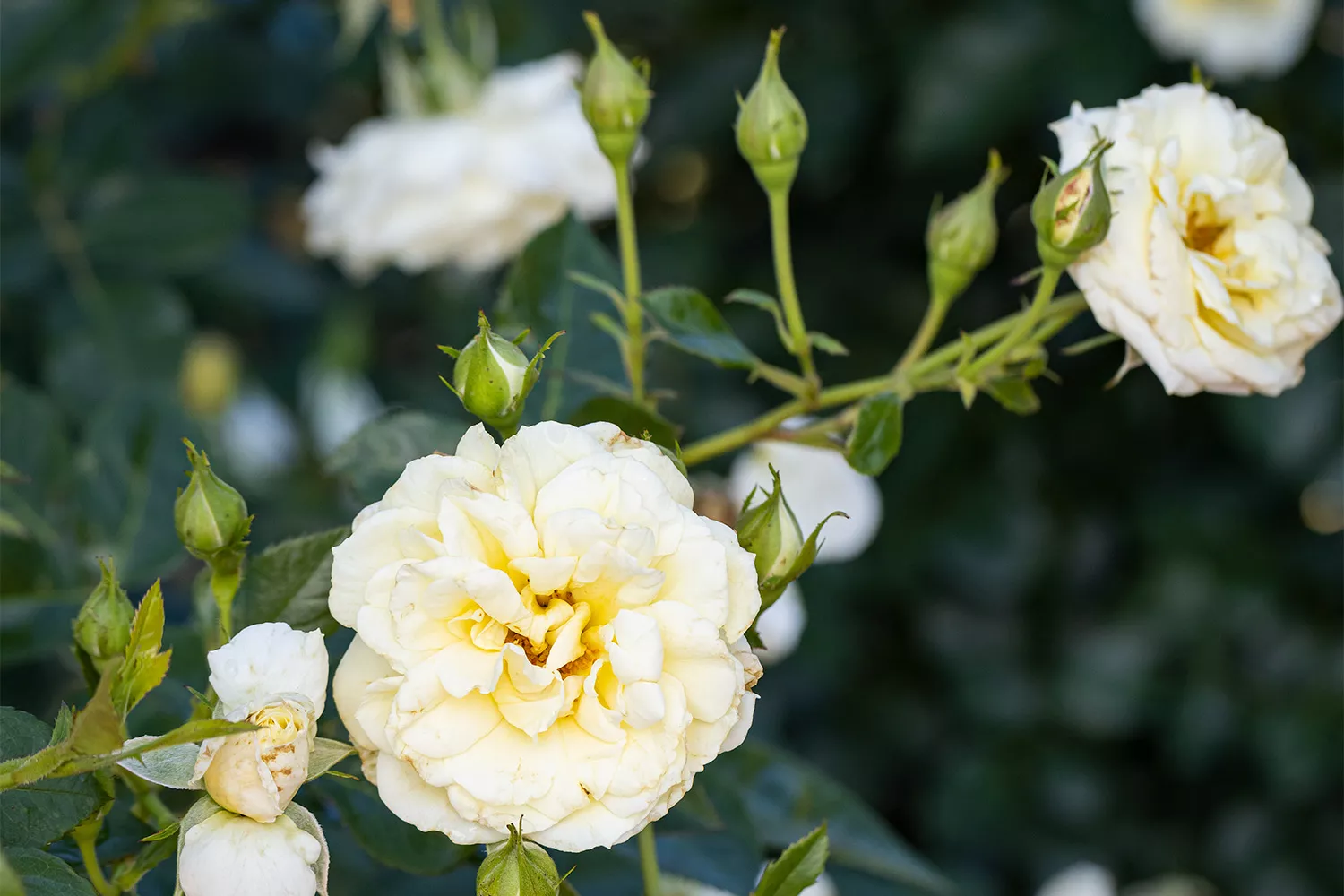
The Dunn garden’s roses are distinguished by long and continuous bloom cycles. Flowers may start appearing in March and keep going through the fall, though staff members cut them back earlier in the year so they reach their first peak during Mother’s Day weekend. This is where you’ll find showstoppers like ‘Plum Perfect,’ a grape-hued floribunda; ‘Sunshine Daydream,’ a butter yellow grandiflora; ‘Quietness,’ a pale pink shrub rose with a heady fragrance; and ‘Strike It Rich,’ a grandiflora with flares of red and yellow.
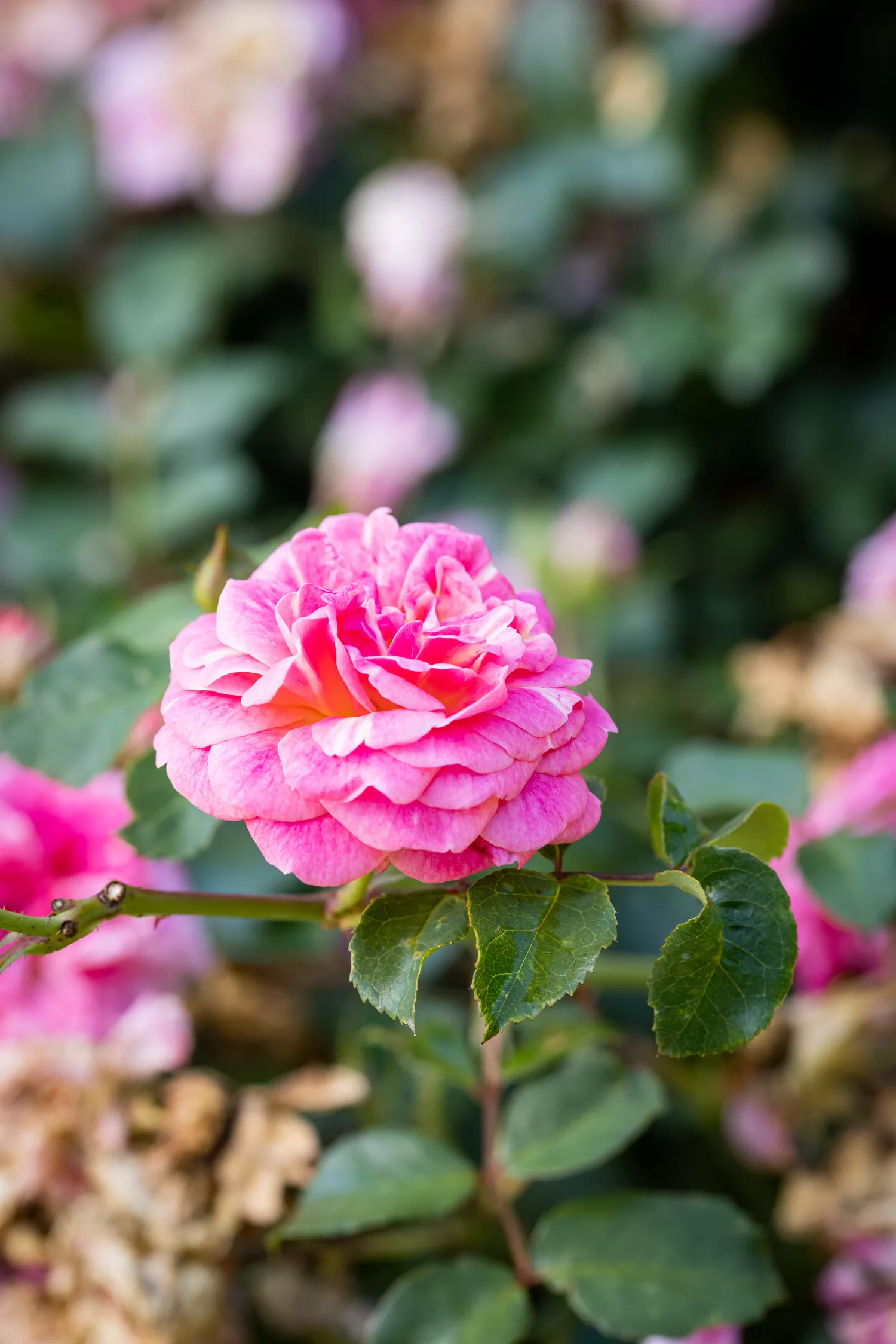
One side of this garden is bordered by climbing roses (like the ruby red ‘Crimson Pillar,’ pink-and-white-swirled ‘Berries ’n’ Cream,’ and deeply golden ‘Garden Sun’), which rise along their supports in search of the blaze of direct sunlight. A particularly well-named one, ‘Fourth of July,’ looks as though fireworks have just gone off across its petals, splattering them with red and white splotches like a Jackson Pollock painting.
Just beyond the Dunn garden lies the Ireland Old-Fashioned Rose Garden. You can reach it by passing underneath a long arbor covered in the tiny cream blooms of Lady Banks roses. They appear along slender hanging vines and wave in passing winds, rising from ancient-seeming stems that swirl up the posts as if they were bark-lined tree trunks. This garden features many flowers that were hybridized in the 19th century, including tea roses like ‘Isabella Sprunt’ (dating to 1855) and ‘Mlle. Franziska Kruger’ (a pale coral one that was introduced in 1880). Others planted here are the ‘Nastarana’ Noisette and the ‘Perle d’Or’ polyantha, which has peach-hued petals and an almost lemony scent. Above them, resident hawks circle the skies and perch in the tall pines.
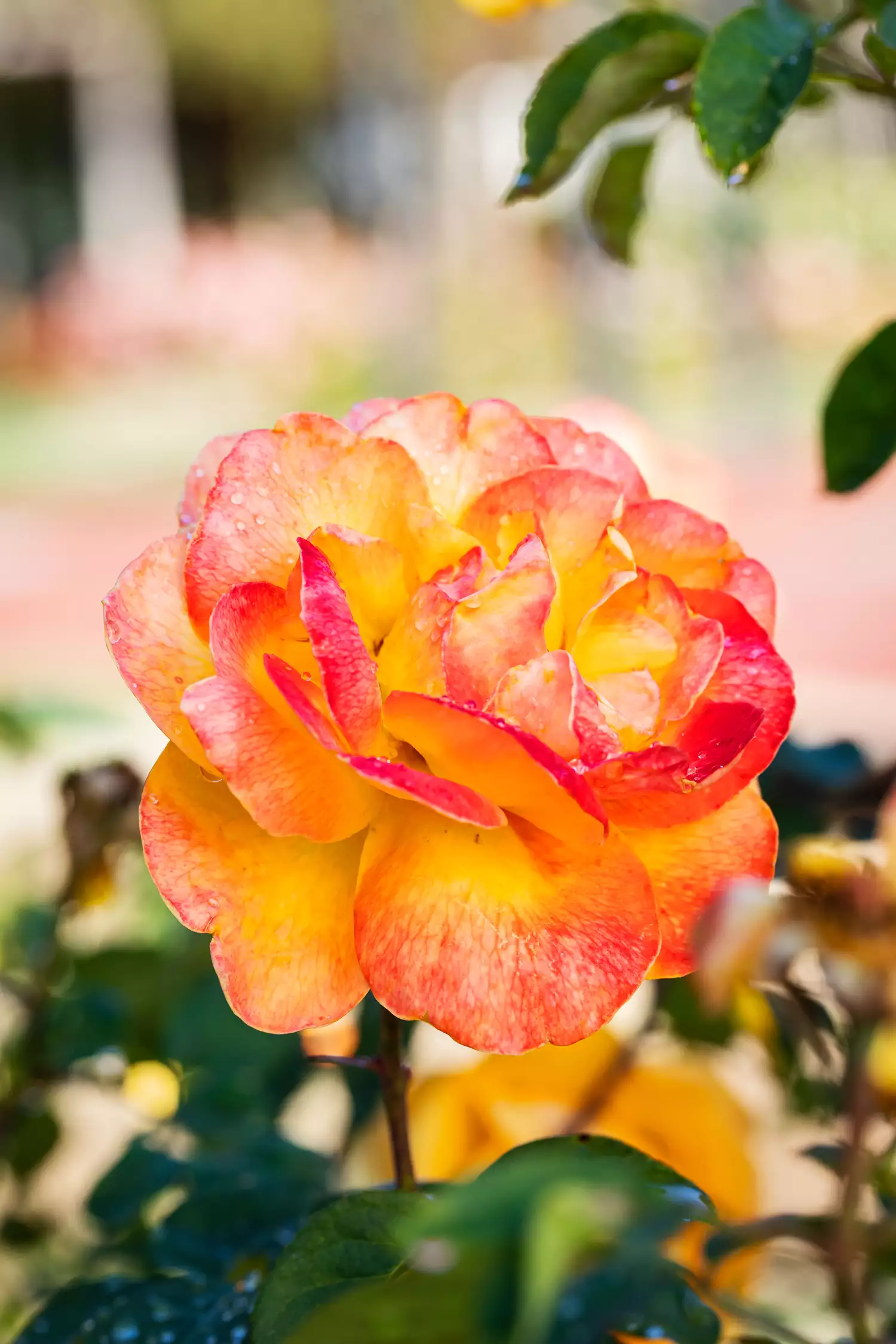
In a corner of the Dunn garden, there’s a bench shaded by a canopy of leafy cherry trees. From this vantage, one of my favorite spots, you can see a patchwork of unfurled blooms, sun soaked and hazy, rustling in the breeze. There is much to discover among them, and beyond, there are countless other sights and sensations awaiting you in this patch of Birmingham paradise. It is springtime once again, and the roses are calling.
Types Of Roses At the Birmingham Botanical Gardens
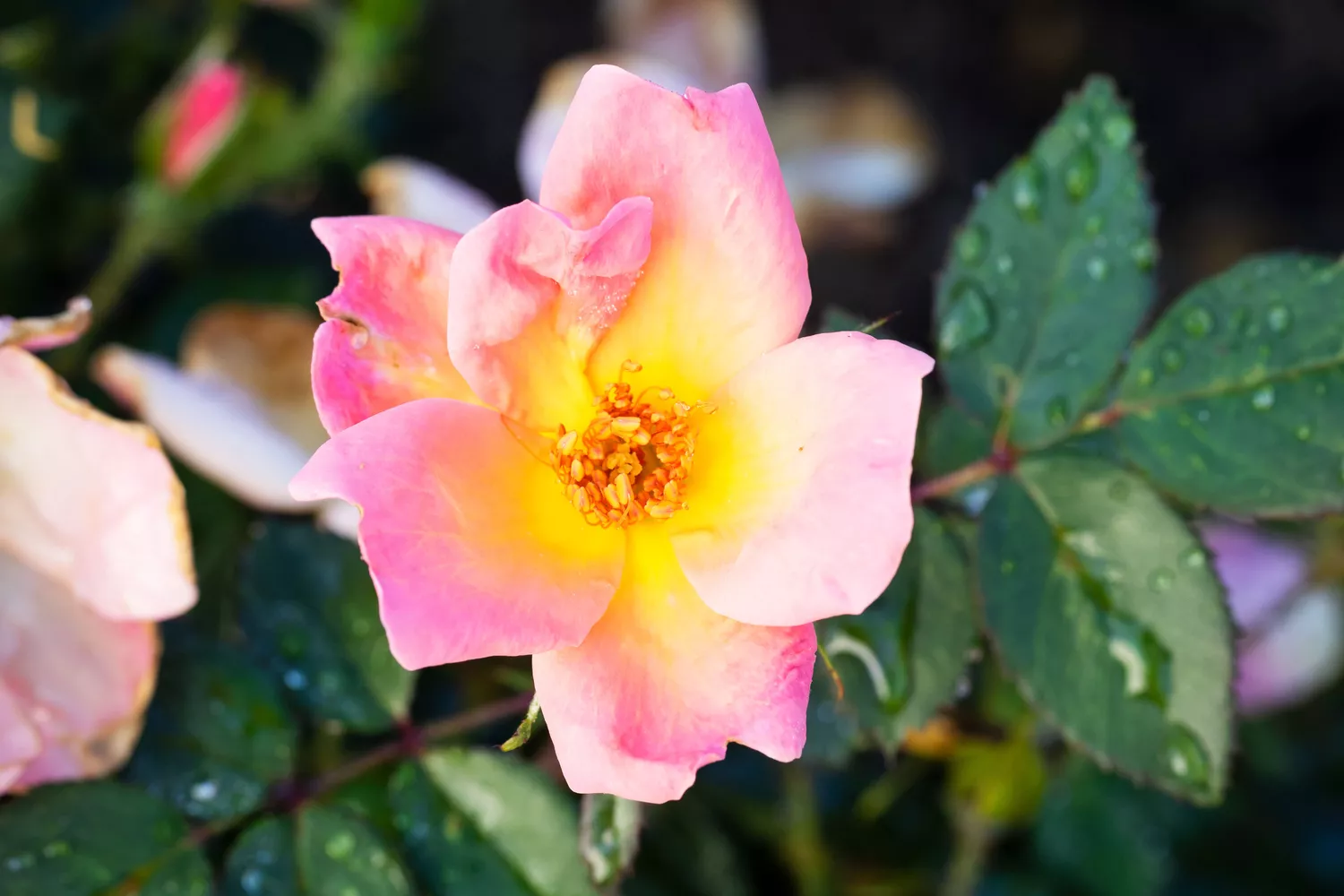
‘Rainbow Knock Out’
A beloved standby for many Southern gardeners, this shrub features coral-pink flowers alongside burgundy-to-deep green foliage.
‘Pretty Lady Rose’
A pink hybrid tea inspired by a character in the Downton Abbey television series, it has a strong, peony-like fragrance and long-lasting blooms.
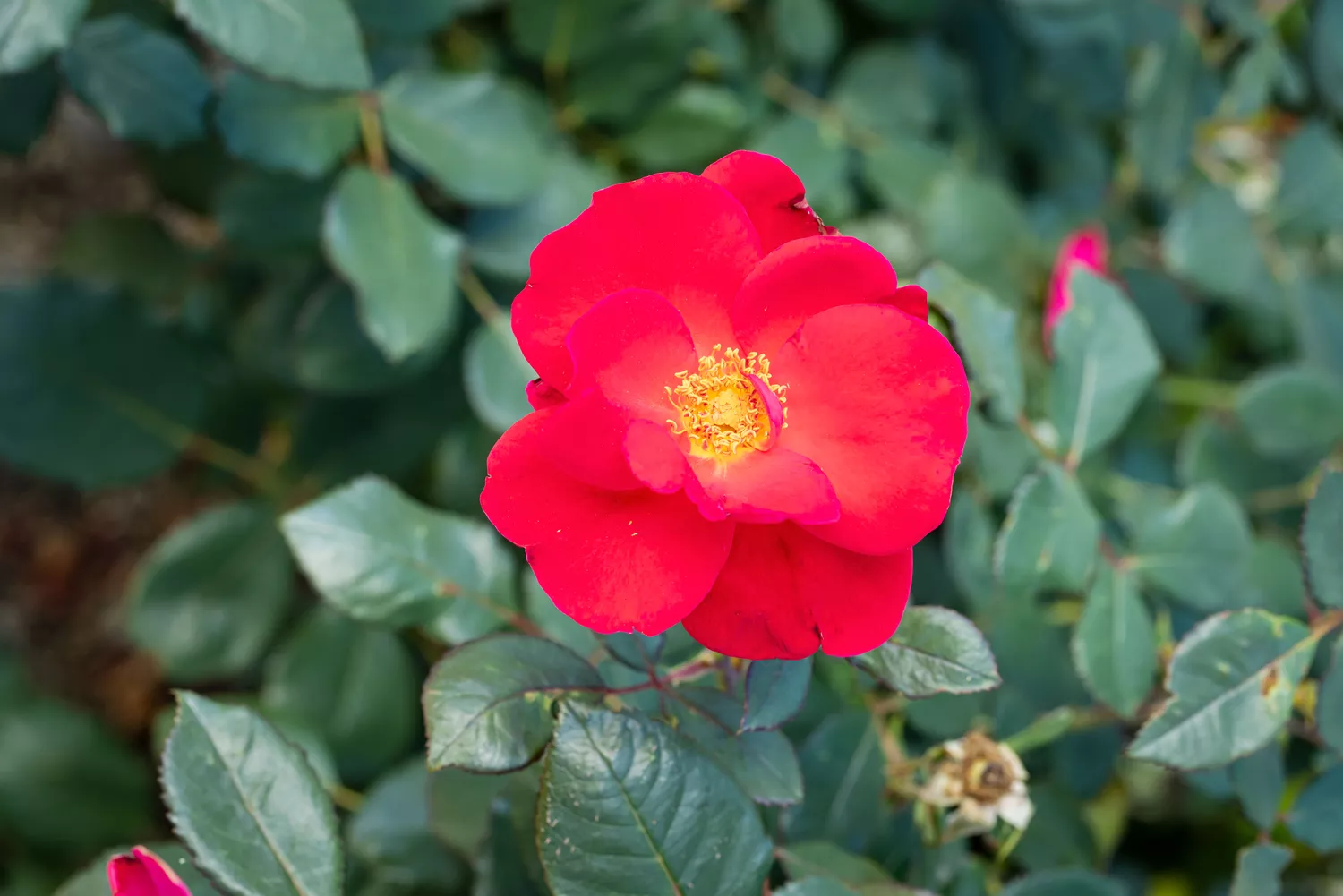
‘Miracle On The Hudson’
Named for the famous 2009 aviation incident, this award-winning compact type bears deep red blossoms in a classic shape and has dense greenery.
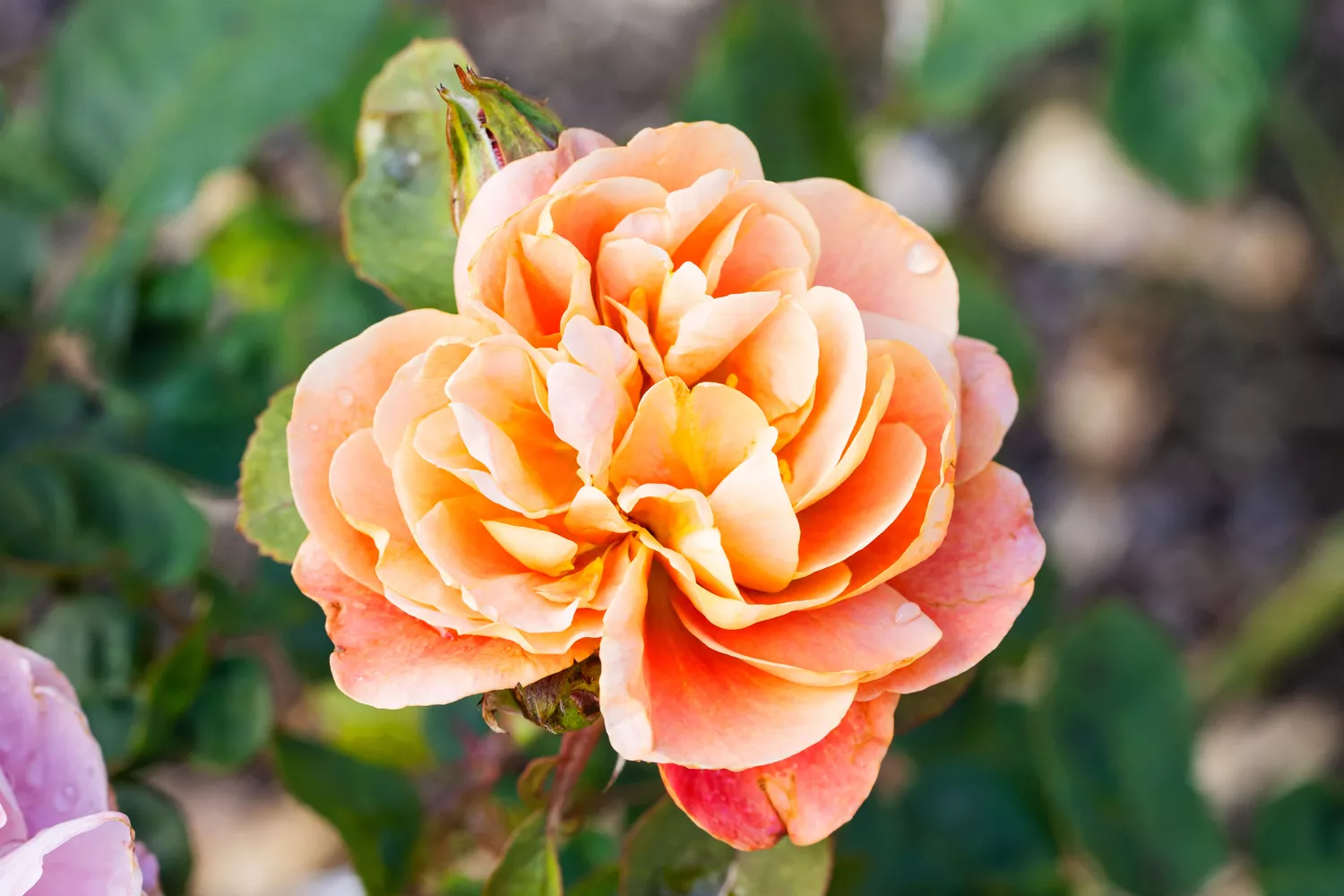
‘Distant Drums’
The eye-catching ‘Distant Drums’ often appears in a multicolored palette, fading from a coppery orange in the middle to a pale purple along the edges.
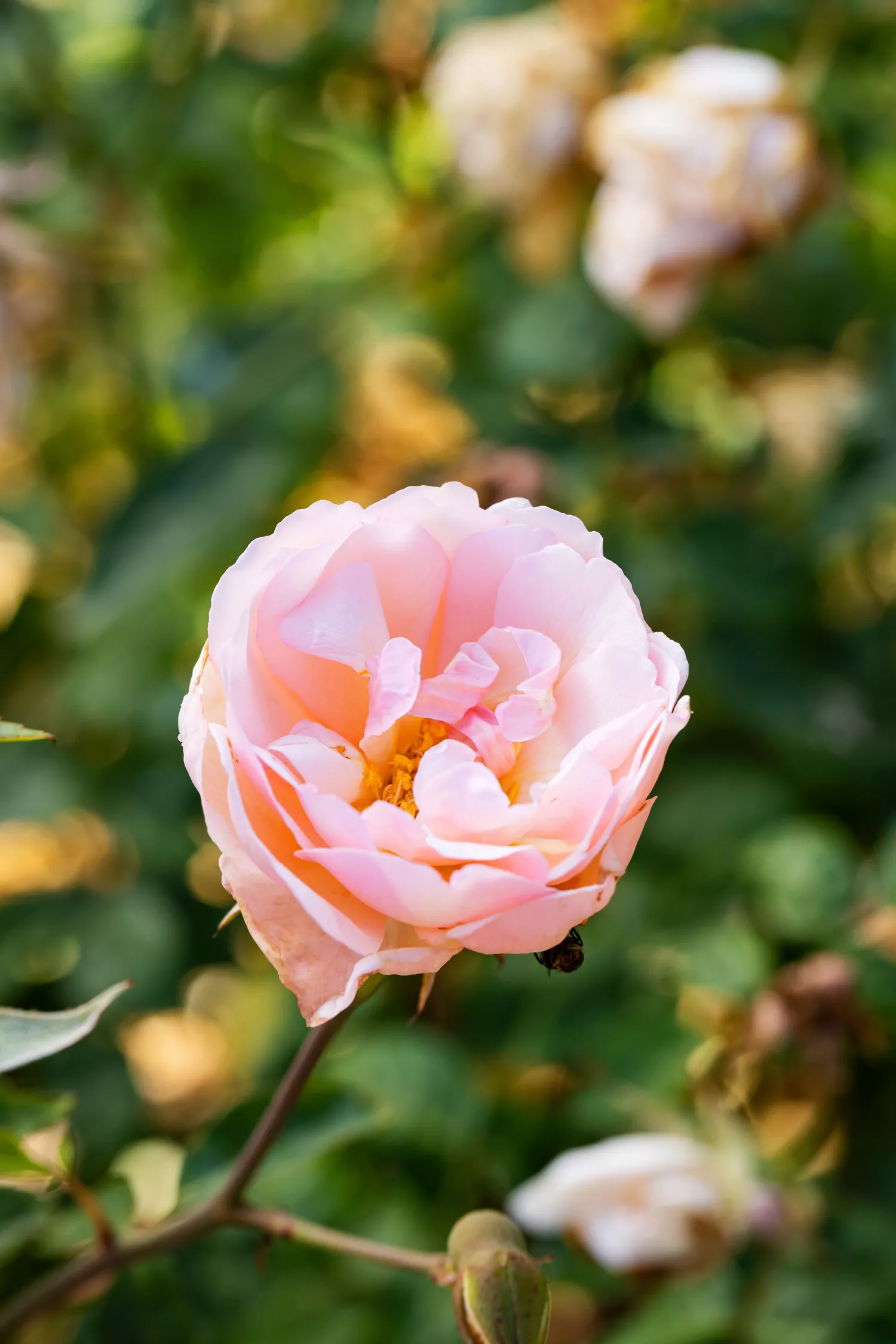
‘Duchesse de Brabant’
With large, lush blooms in an elegant pale pink, ‘Duchesse de Brabant’ suffuses the air with a strong floral fragrance for months.

‘South Africa’
This grandiflora pairs abundant clusters of intensely yellow-gold buds with beautiful greenery in a deeply verdant hue.
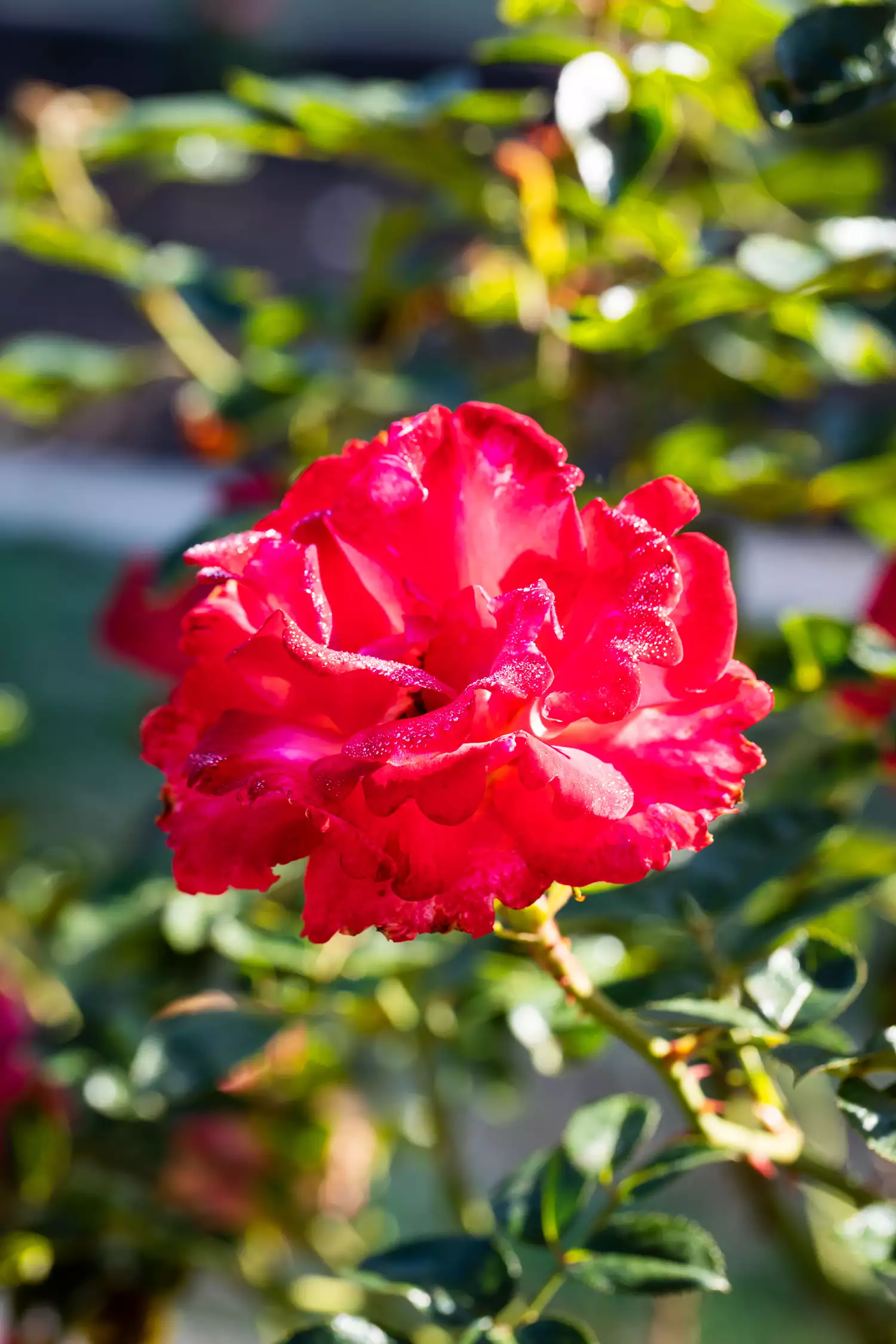
‘Dick Clark’
Popular for its cheery colors, from pale yellow to lipstick red, this timeless grandiflora was named for the late television and radio entertainer.
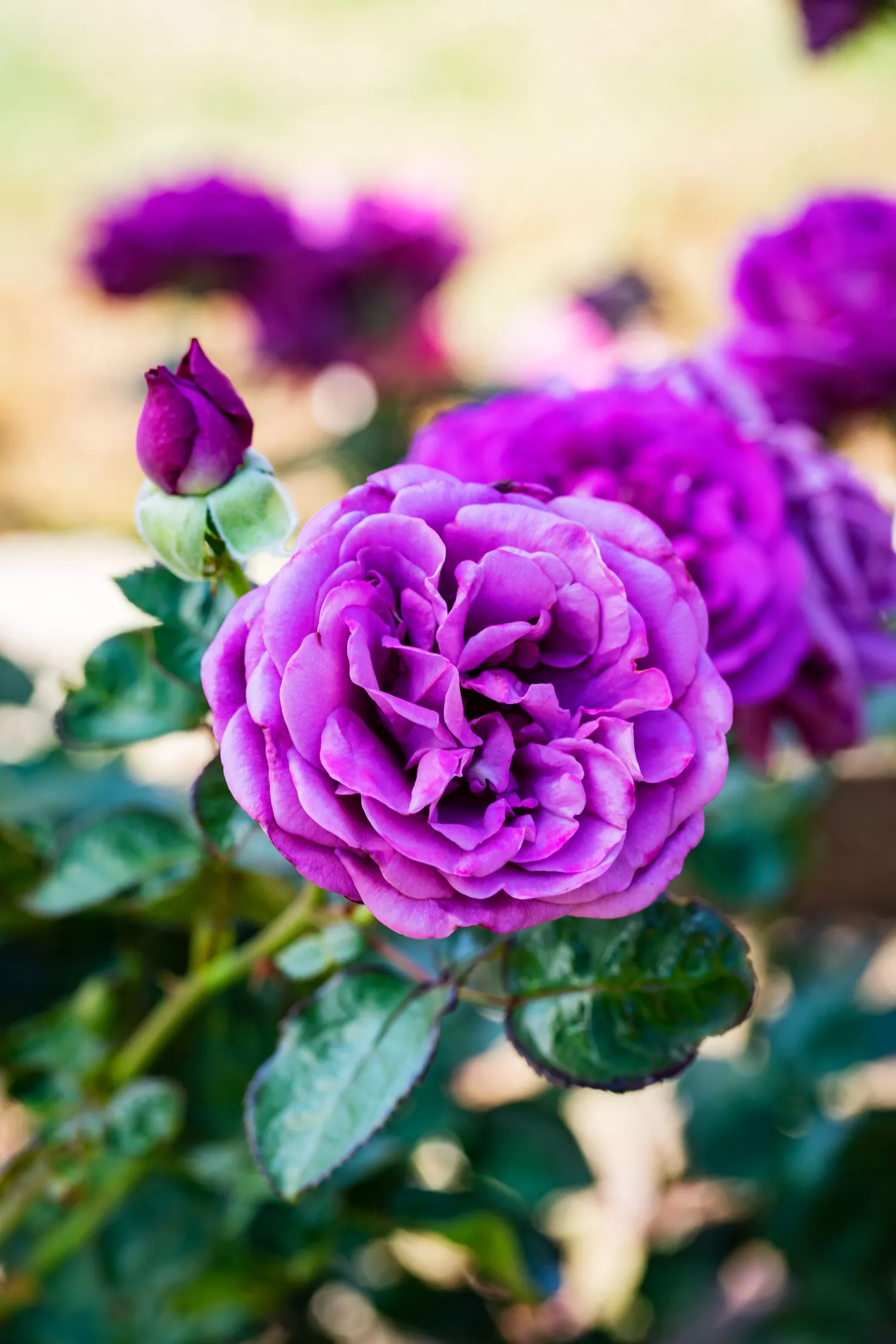
‘Plum Perfect’
Notable for its full double flowers and shiny foliage, the vibrant lavender repeat-blooming floribunda stands up well to summer’s heat.
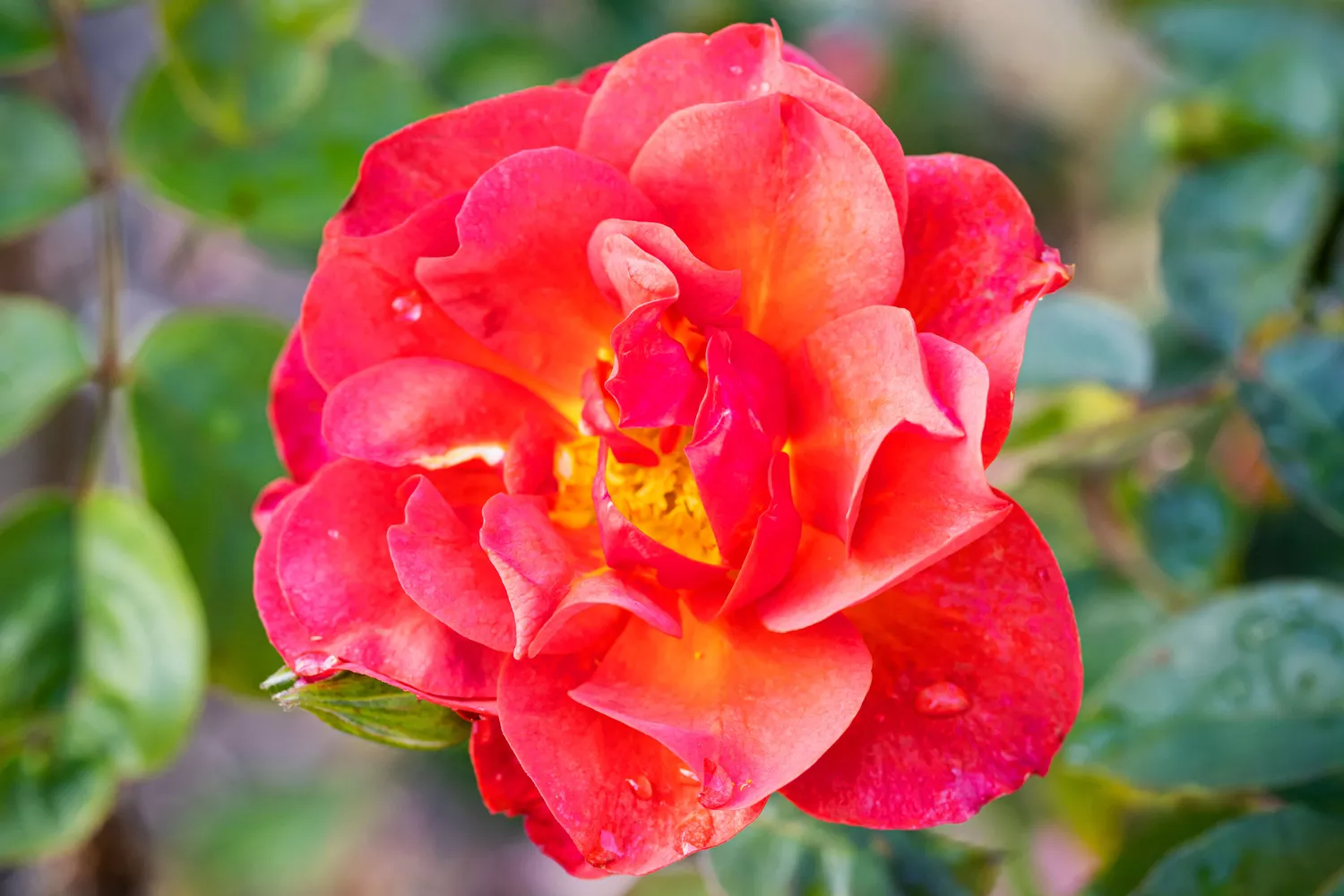
‘Cinco de Mayo’
A versatile floribunda that ranges from fiery orange to muted lavender, this hybrid of ‘Topsy Turvy’ and ‘Julia Child’ has been popular for well over a decade.
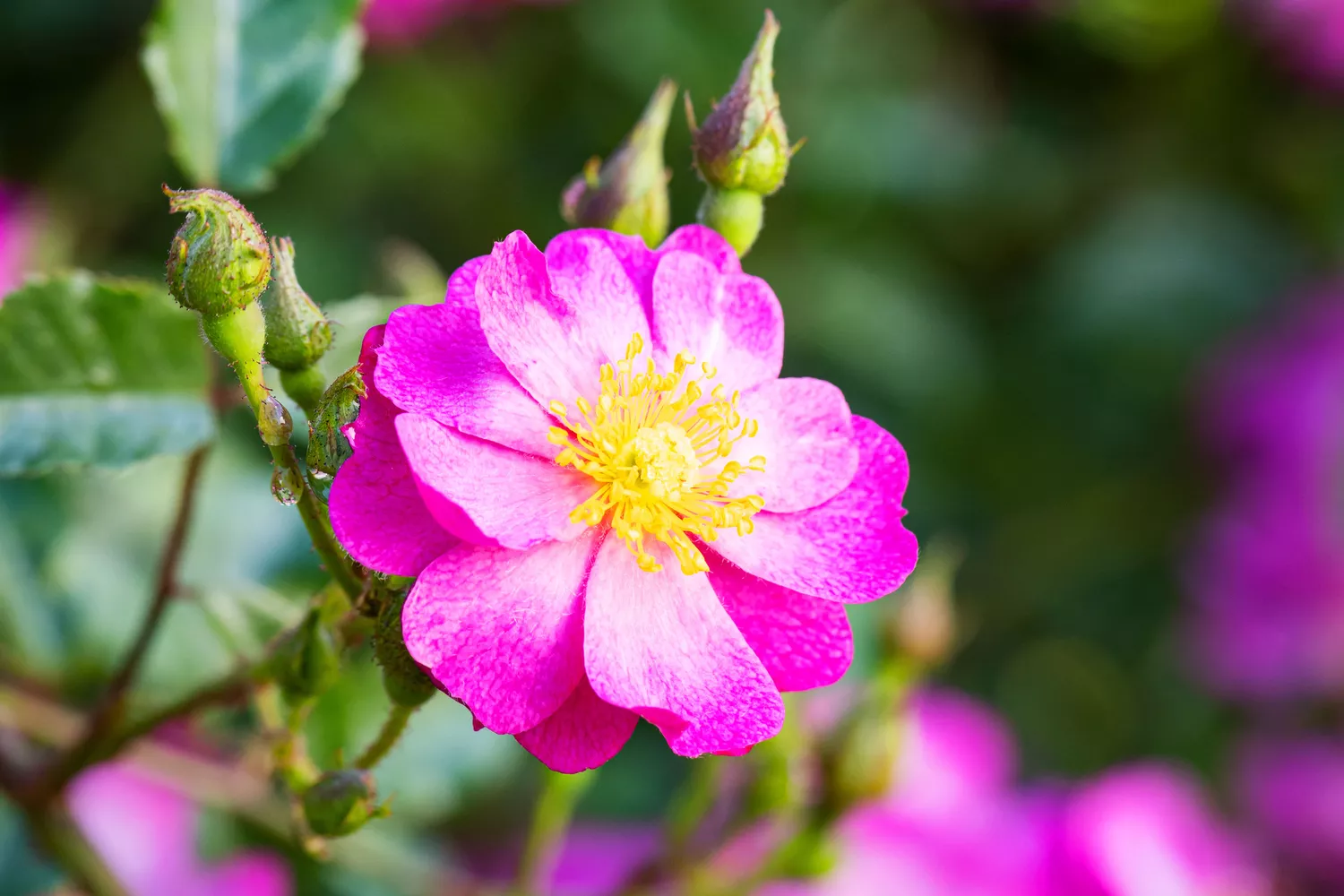
‘Daydream’
This shrub grows in a mounded form and produces small blooms that feature an ombré effect, where the fuchsia petals pale to more of a cream tone in the center.
